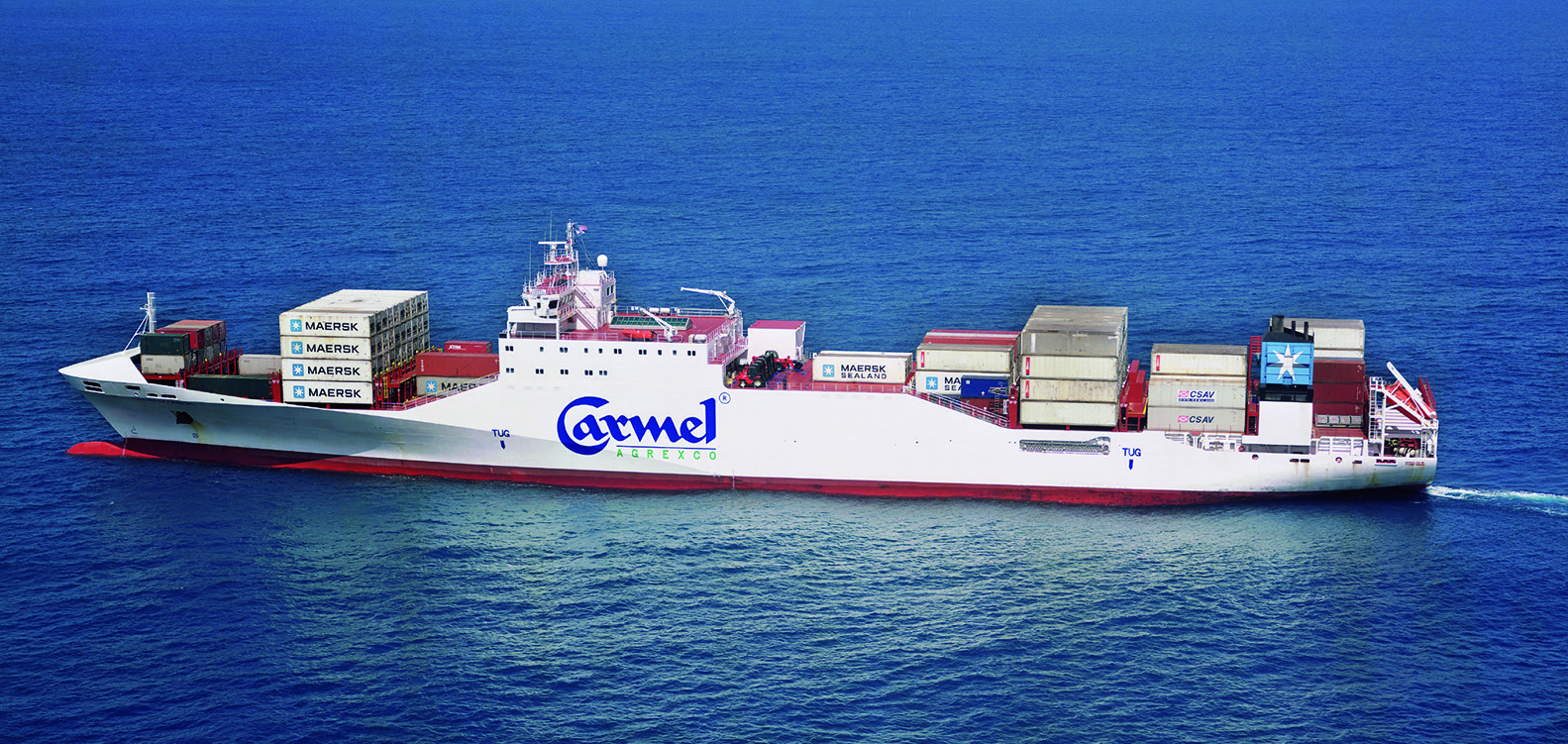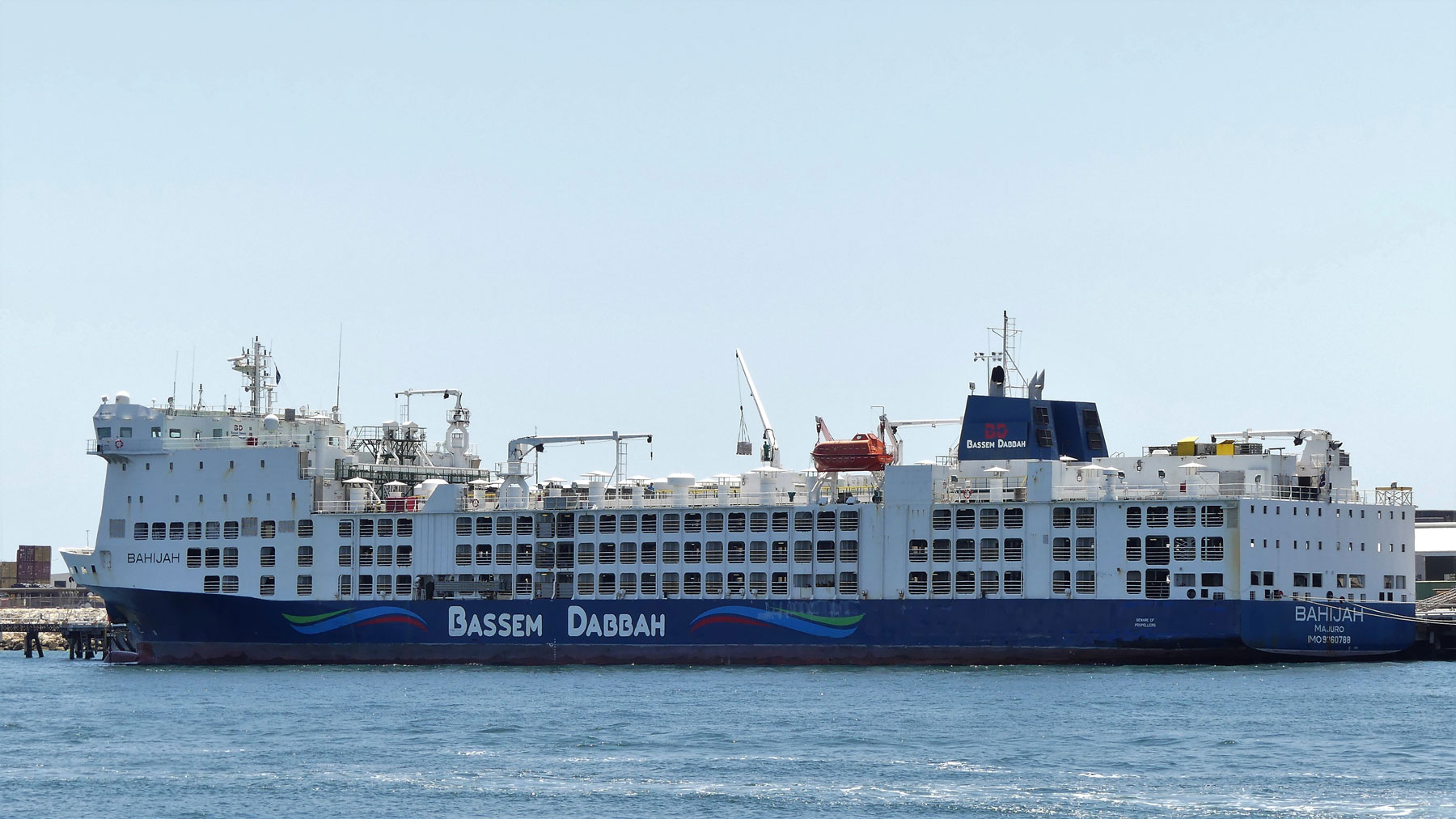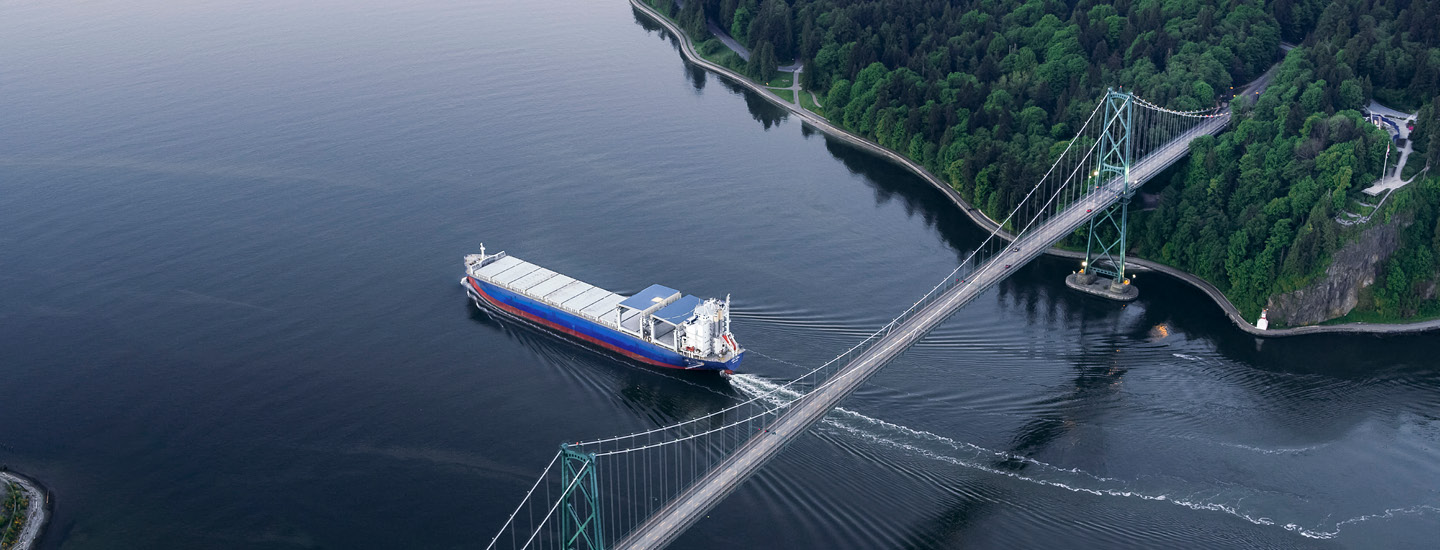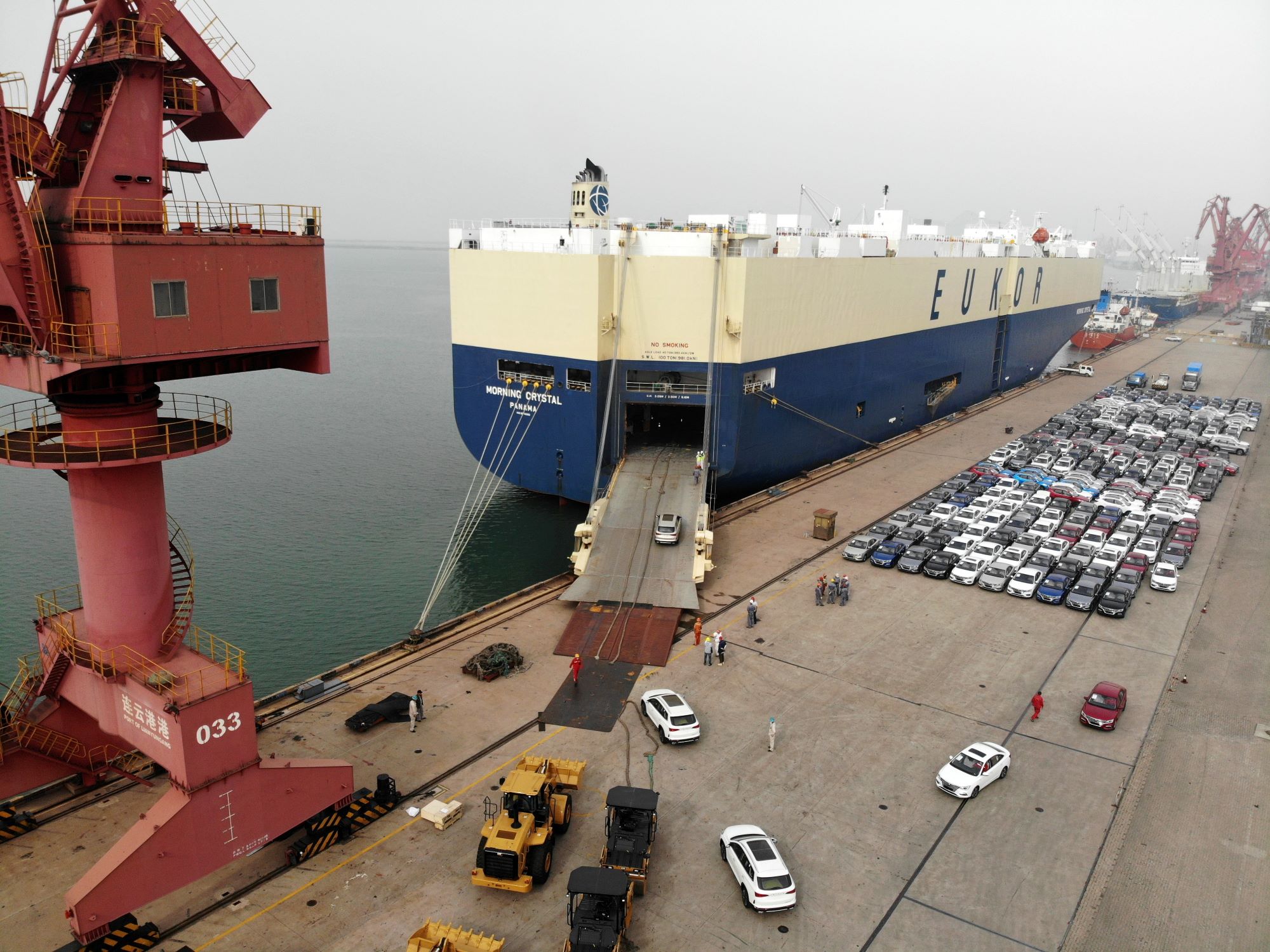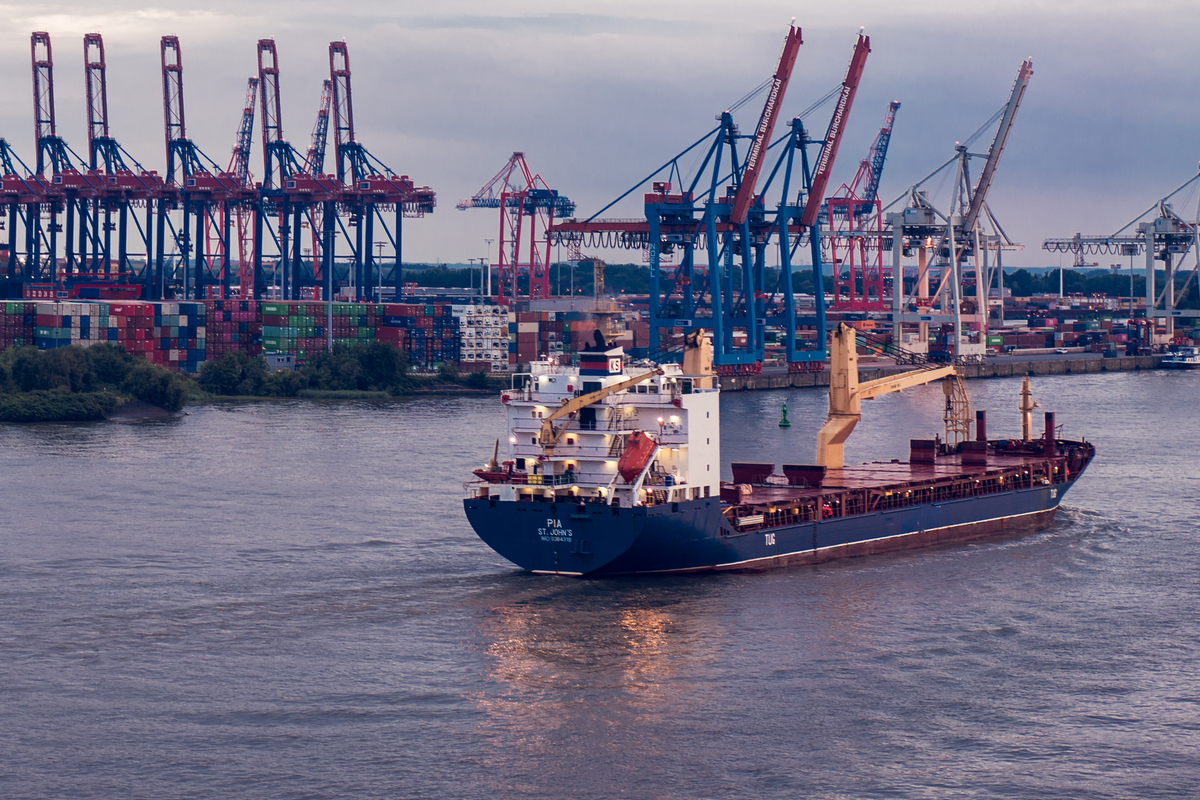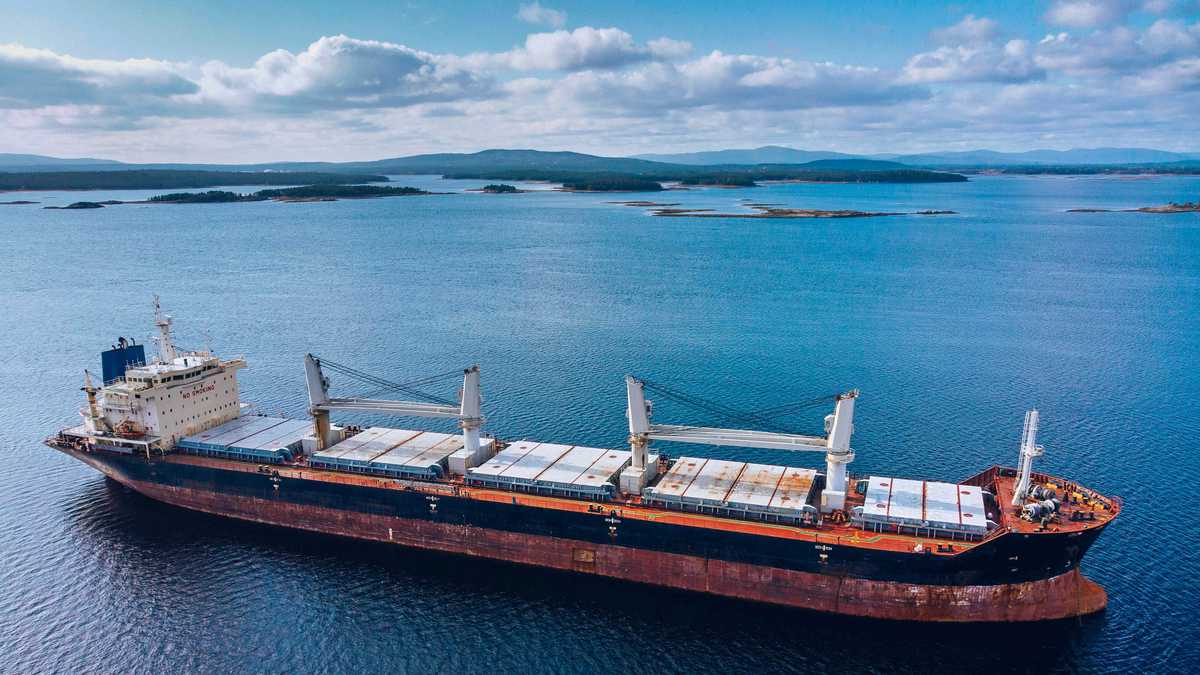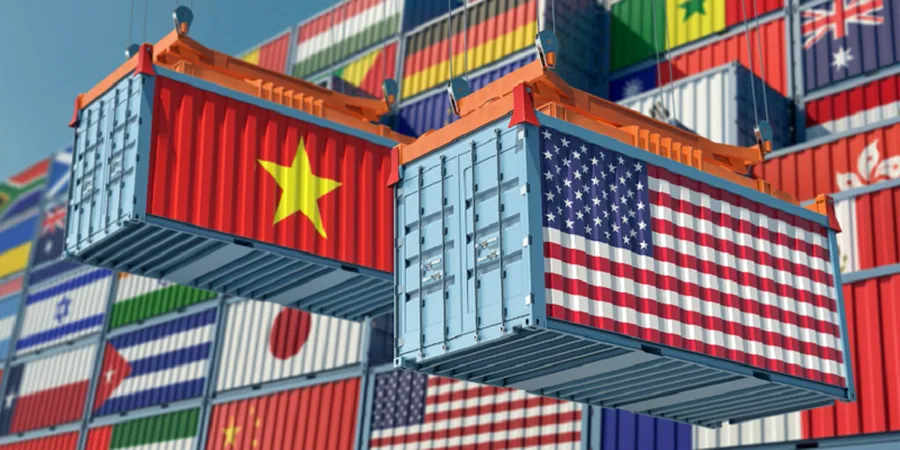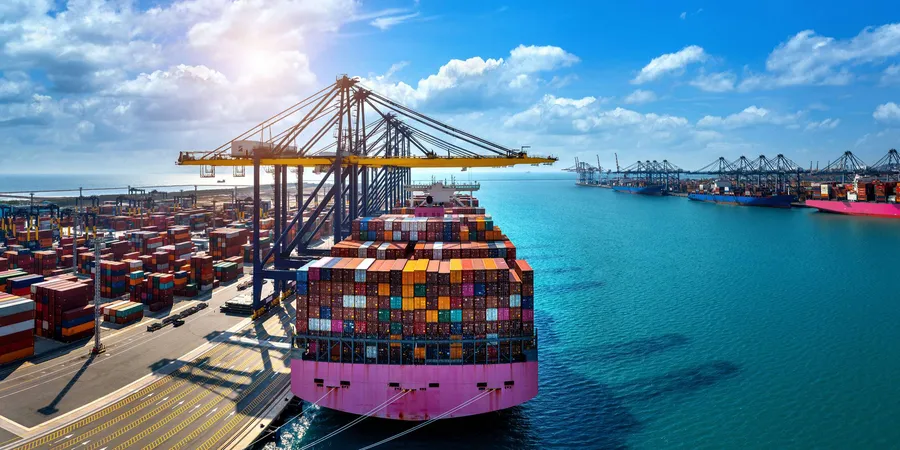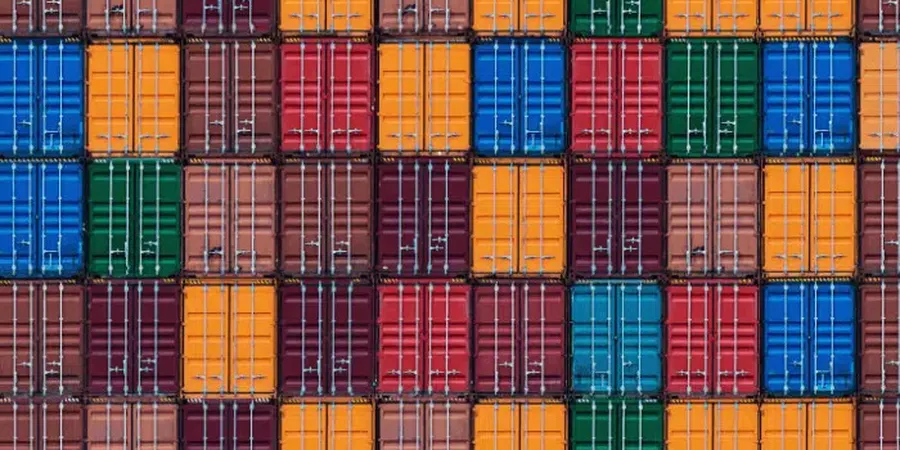8 Major Types of Cargo Transported Through the Shipping Industry
The global shipping industry transports goods all over the world, connecting commerce and businesses across continents. In today’s fast-paced world, the speed and capacity of ships have increased.
Transporting goods through seaborne vessels has become one of the cheapest means of transporting goods, on the basis of-
1. The cost per ton, and
2. The fuel per ton transported
From machinery and equipment to foodstuff and vehicles, ships are modified to handle various types of goods. Crude oil, fuel gases such as LNG and CNG, minerals, and ores require their own types of vessels that are specially constructed to cope up with the challenges that these volatile goods possess.
The danger of transporting cargo through non-optimized means i.e., vessels not built to handle that articular cargo, includes volatile behaviour, fire, spoilage of foods, bacterial and fungal growths etc. Thus, care must be taken when hiring or leasing vessels for transportation to ensure that the appropriate type of vessel is chosen.
In this article, we will take a look at the various goods and cargo commonly transported through shipping.
We focus on the goods, their inherent restrictions or transportation conditions, and the types of ships specifically built to handle the shipping of such cargo.
The main cargo and goods that we will look at in this article include- Foodstuff, livestock, crude oil and derivative products, cars and other vehicles, machinery and equipment, dry bulk cargo, liquid bulk cargo, and chemical products.
1. Shipping of Food Stuff
Foodstuff includes various categories such as fresh, packaged, frozen, partially processed, and other varieties. Foods present one of the most challenging goods to transport, due to their short life and high probability of spoilage.
Most other types of goods can spend several months onboard a vessel while being transported between ports. However, foods are one of the few goods that must reach their destinations as a matter of urgency.
For this reason, a large percentage of the food transportation industry is carried out through air freight. However, ship and other vessels allow for large amounts of foods to be simultaneously shipped through a single voyage.
The factors to be considered while leasing or considering foodstuff shipment are- short lifespan, high chance of spoilage, and the probability of mid-journey shifting.
The solution to most of these issues is by using refrigerated ships known as reefer vessels. They have specially built temperature controlling units that ensure that the temperature is regulated throughout the entire cargo storage holds of the ship.
The temperature may vary depending on the type of the foodstuff being shipped, but it is generally maintained at temperatures below 0⁰C. This helps to extend the lifespan of the goods. It also ensures that moist conditions that usually enable bacteria and other agents of spoilage to grow are not present due to the low temperatures.
Spoilage can also occur if the goods are incorrectly packed. In such scenarios, goods may get crushed when placed under heavier cargo. This renders the entire cargo unusable due to the state in which it is. Thus, appropriate packing must be undertaken to keep the cargo separated on the basis of weight, and also stacked at suitable levels. This also eliminates the problem posed by mid-journey shifting.
For small amounts of loose goods, this shifting may only cause damage to the cargo itself. However, at larger quantities, this may destabilize and ultimately capsize a ship, due to a phenomenon known as the Free Surface Effect (FSE).
The commonly used ships for transporting foodstuff include reefer vessels (refrigerated in its entirety) and container vessels (containers alone refrigerated – reefer units).
Another type of food product commonly shipped includes grains and pulses. These are shipped in loose quantity, due to the higher costs of packing and transporting individual cartons or packages.
For this reason, they are sent in food-grade bulk carriers with below deck holds that are designed to ensure that loading and unloading can easily happen.
In addition to the units, there are also longitudinal bulkheads built to reduce the FSE brought out about by the loose nature of the shipped goods. Such goods are loaded and unloaded using suction and vacuum devices that can transfer large quantities of cargo.
2. Transportation of Livestock and Animals
Livestock and animals are another commonly transported cargo between several countries. This may be for the purpose of breeding, for meat, or for animal bi-products.
Transporting them presents challenges by way of ensuring that the animals survive the long journey. To allow for this, there must be mechanisms by which they are provided with nutrition as would normally be consumed. In addition, there must be provisions to regularly clean the living holds and the livestock. Lastly, proper ventilation is a must.
Ships that are commonly used to transport livestock include modified bulk carriers and specialized vessels intended to create space for different categories of animals.
These vessels have decks within the storage holds that compartmentalize the cargo. There is adequate lighting provided by artificial means in the case of multi-deck vessels. However, it is preferable to use a split deck system to ensure that the animals reach the destination in the best possible condition. This system entails keeping several decks below the main deck primarily as resting areas.
The uppermost main deck serves to allow the animals to move and for fresh air and natural light to reach them. HVAC systems are used to regulate temperatures and ensure that proper ventilation is achieved in such ships.
3. Transportation of LNG, CNG, and Other Gas-Based Fuels
One of the largest cargoes transported through ships is petroleum goods and its byproducts, in terms of volume and gross revenue. This includes crude oil, volatile fuels, petroleum, LNG, CNG, and the various derivatives.
Ships are preferred for this type of cargo since they are one of the cheapest means of transport in terms of the cost basis that we defined at the start of the article. Only pipelines are cheaper on a cost per ton basis of transportation. The main cargoes discussed in this section include LNG, CNG, and other gas-based fuels.
Note that such cargoes require specialized vessels with hulls capable of withstanding large pressures. This is because of the peculiarity in the transportation conditions of such goods.
For instance, LNG and CNG can cover large volumes in the gaseous form. Because of this, they cannot be stored in this form in the cargo holds as the quantity shipped will be much lower than other types of gases.
Similarly, if stored in the gaseous form, there is a very high probability of an explosion occurring due to the highly volatile nature of the cargo. So, the entire cargo is supercooled to very low temperatures that force the cargo (CNG, LNG etc.) into a liquid form. This reduces the volume covered, improving the cost of transport for every ton of fuel shipped. At the same time, it also reduces the volatility and the subsequent chance of fire.
The above conditions predominantly cover only gas-based fuels, but can also be adopted for certain petroleum products. The majority of petroleum goods are transported through liquid bulk vessels that are mentioned in the subsequent sections.
4. Shipping Cars and Other Vehicles
Shipping vehicles is a very common business adopted in and around the Middle East, Europe, some parts of Asia (China, Japan, Taiwan, Indonesia, Malaysia, Singapore etc.) and the Americas. It generally functions as a ferry service where cars are moved around the coastlines of a nation or neighbouring countries.
Ships called Ro-Ro (Roll on, roll off) are used for ferrying such cargo over coastlines. They are specially built to withstand the large load exerted by the vehicles, while also taking into account the forces exerted on the aft when the vehicles are loaded or lowered on to the ship.
The Ro-Ro is characterized by generally being 1 to 2 decks deep, with the superstructures and bridge located at the fore. The aft has a lowering hydraulic ramp that allows vessels to directly be loaded on to the vessel.
In certain variations of the vehicle carrier vessels, there is no ramp, and the vehicle is lifted on to the deck with the help of quayside cranes. Such vessels are more common when only unfinished vehicles are being shipped for further outfitting, as they cannot roll on or roll off under their own power.
Also, the ship has large ballast tanks present, so that the ship can be brought to a certain draft at which the ramp can safely be lowered to allow vehicles to enter. After loading, the ship is ballasted down to keep the vessel stable during the journey.
5. Transportation of Machinery, Equipment, and Factory Parts
Shipping machinery and parts is a very lucrative industry, especially when parts are moved in large numbers. This is because these goods do not have specific shipping requirements, can withstand most forms of sea motion on their own, and do not have the problems generally faced by other types of cargo (spoilage, volatility etc.).
However, the main issue with such goods is the possibility of rusting. The holds of ships are usually kept dry as far as possible. However, during the journey, it is possible that leaks or other problems with the ship allow moisture to develop in the holds.
In such cases, corrosion and damage may occur. For this reason, general-purpose bulk carriers are outfitted with specialized drying units that constantly monitor the air within the ship. Drying agents composed out of calcium are also used to ensure that the holds stay free from any rust-causing agents.
Another problem that may be encountered mid-voyage is the motion of the cargo being transported. Larger structures such as cranes or heavy lift equipment are tethered down using pad eyes to the shell of the hull. However, structures such as pipes or loose parts may shift during the voyage.
For this reason, as they are lowered into the hold in layers, special tethers are placed across the layer to secure it in place. Through this, pipes and similar structures are kept in place.
For loose and small goods, such as those used in electronics, regular divisions are placed in a longitudinal manner across the hold to prevent shifting and the subsequent free surface effect that may arise. These divisions along the length of the ship are called longitudinal bulkheads.
6. Shipping Dry Bulk Cargo
Dry bulk cargo refers to any cargo or good shipped in a loose quantity, that is stored within the cargo holds without packaging. Common examples of such goods include foodstuff and machinery parts (both have been discussed). Also, goods transported through dry bulk carriers include ores and minerals. These are generally shipped in a loose condition in the holds.
The primary point to consider when shipping bulk goods is the possibility of cargo movement during the journey. This may damage the goods and the ship or may destabilize the vessel due to the FSE. Thus, some form of compartmentalization must be used to allow the goods to stay in position.
Another commonly used technique of stabilizing the cargo is by netting the entire cargo hold so that layers are created. Longitudinal divisions are also incorporated to reduce the transverse motions.
When ships jointly transport minerals, ores, and oil in any form, the vessel is called an OBO carrier (for Oil and Bulk Ore carrier). It is characterized by large wing tanks present at the edges of the cargo hold for fluids (oil or ballast water), and a large central holding facility for the solid ore and mineral cargoes.
OBO carriers are generally built to carry oil between countries, and transport ore during the return journey. This optimizes the entire operation without having the vessel empty for a whole leg of the journey.
7. Shipping Liquid Bulk Cargo
Liquid bulk cargo specifically includes goods and cargoes that are liquid in nature and shipped in bulk. The majority of cargo in this category belongs to petroleum goods and its byproducts. This encompasses crude oil, various products obtained after the separation and processing of crude petroleum etc.
Such cargoes are highly volatile and pose a risk while transporting, not just to the crew and cargo handlers but also for the environment. For this reason, the entire cargo hold is double-shelled and has a double bottom to ensure that there is no possibility of cargo leakage during a collision.
In addition, the ship has special slosh-proof tanks built into the cargo storage holds so that the FSE is reduced by introducing longitudinal divisions and bulkheads to reduce sloshing. Adequate care must also be taken to keep flammable goods away the cargo holds, since reducing the volatility of such liquid goods is not strictly feasible (unlike CNG, LNG, LPG, etc.).
8. Safe Transportation of Chemical, Hazardous, and Toxic Products
A large portion of the worldwide freight industry handles the transportation of chemicals and various similar products. This takes place due to the expertise of certain countries in the synthesis of specific chemicals. Demand in other parts of the globe requires large scale transportation of such cargo.
Chemicals pose several challenges to transportation in any form and by any mode. This is because of the high risk of corrosion faced by the ship or container units, a chance of toxic leakage, a possibility of accidental poisoning, and a chance of contamination. In all these cases, the ship, crew members, and various handlers and operators suffer from inappropriately storing and shipping the cargo.
In order to safely transport chemicals, poisonous goods, and toxic cargo, reinforced and specially constructed storage units must be utilized. These are capable of withstanding corrosion and rusting and can contain the cargo fumes, run-offs, and potentially hazardous side effects until it is unloaded and transferred to the destination port.
Additionally, effective ventilation and HVAC systems must be put in place throughout the entire ship to prevent build-up for noxious fumes. Along with these precautions, the vessel must be designed with a double shell hull and double bottom configuration. This ensures that in case the primary inner hull is breached in case of a collision, the chemicals do not leak into the ocean resulting in an environmental disaster.
Reference: Marine Insight


